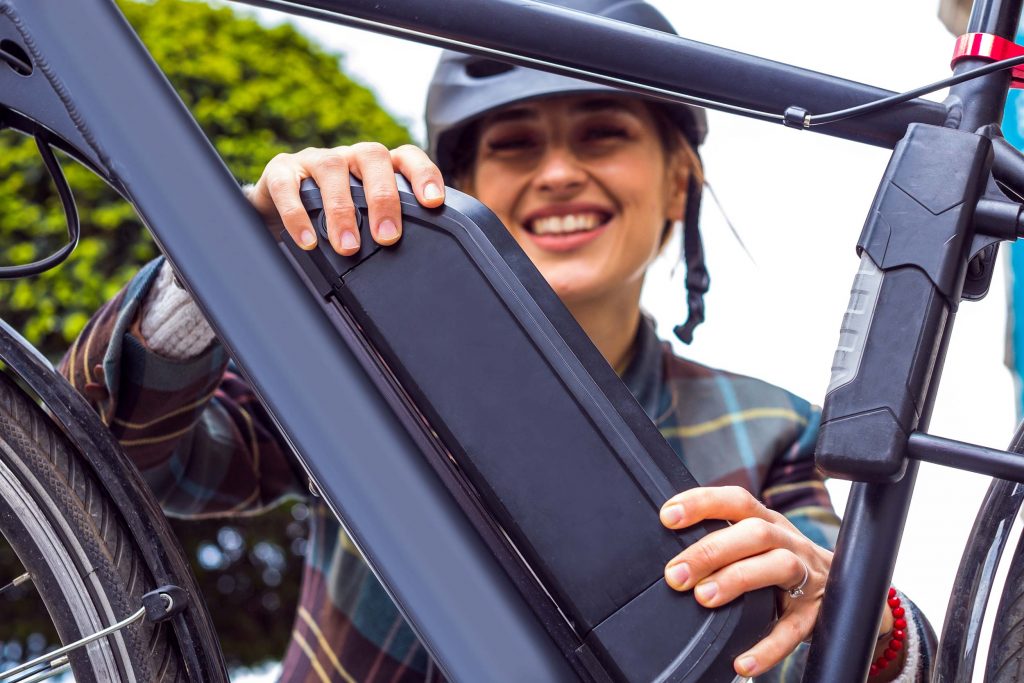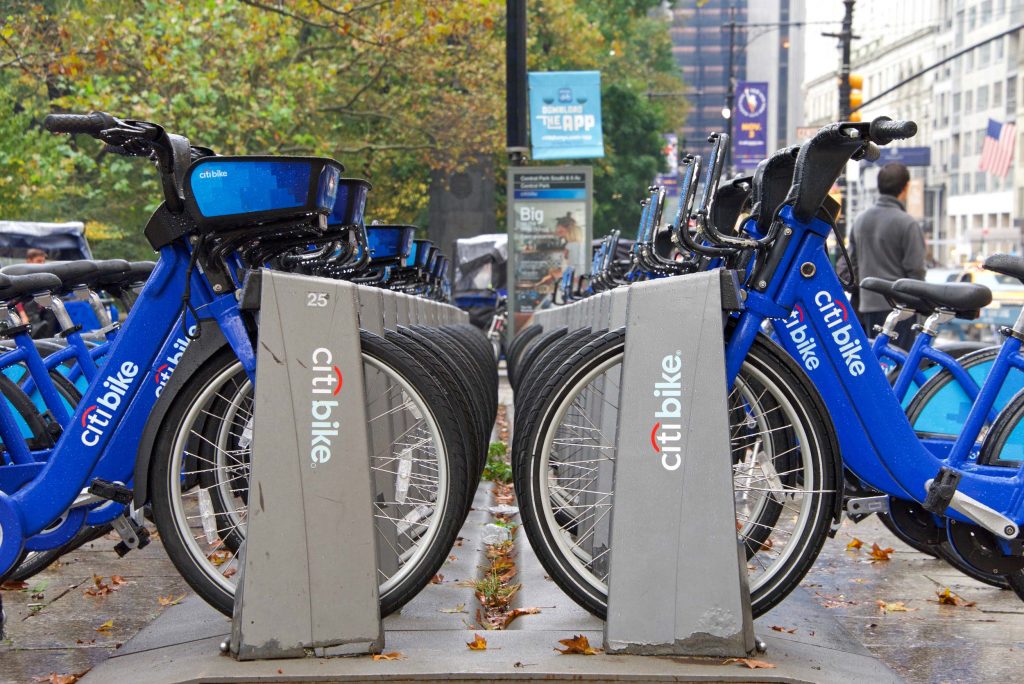The first Micromobility Conference & Expo in Sydney at the end of November will give visitors a chance to sample new concepts in transport and hear about how the evolution of a growing movement is changing the way we move around our towns and cities.
– Part 1 of a series (by Rob Arnold)
‘Go further with less’ is the catchcry for an event that will be held at the Randwick Racecourse in Sydney later this month (25-26 November 2022).
RIDE Media is doing a series of articles to preview the conference and expo that will provide a showcase of new forms of transport. In part one the conference organiser, Phil Latz, offers an overview of what ‘micromobility’ is all about…
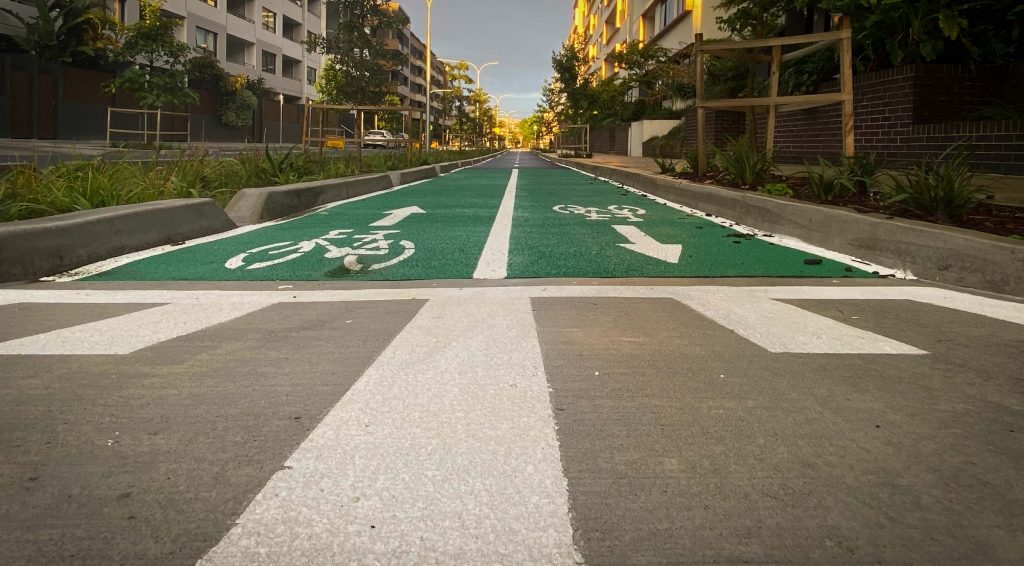 “The first thing to say about ‘micromobility’ is that the word is only around five years old,” says Phil Latz, owner of the Micromobility Report, a publisher with a long history in the Australian cycling media. His enthusiasm for bike riding has led him to consider the bigger picture of how we move around our towns and cities and that has led him to discover a vast new range of transport options that have emerged with the micromobility movement.
“The first thing to say about ‘micromobility’ is that the word is only around five years old,” says Phil Latz, owner of the Micromobility Report, a publisher with a long history in the Australian cycling media. His enthusiasm for bike riding has led him to consider the bigger picture of how we move around our towns and cities and that has led him to discover a vast new range of transport options that have emerged with the micromobility movement.
The bicycle is an ideal vehicle and cycling is very much part of what micromobility is all about. A bike allows the rider to go faster than walking and, obviously, it is also better for the environment than fuel-powered alternatives.
How and what we ride has evolved rapidly in recent years and the arrival of e-powered bikes (and myriad other vehicles) has contributed to the growing movement originally dubbed ‘micromobility’ by Horace Dediu.
Latz published a cycling magazine for many years and we worked together in the early-1990s to share our passion for racing and bikes. In 2022, he has shifted focus and micromobility has captured his attention.
Later this month, the first Micromobility Conference and Expo will take place at Randwick Racecourse.
The venue for this event, created in collaboration with Simon Cooper of Interpoint Events, has specifically been selected because it has the space and capacity to host a range of test tracks that will allow visitors to sample the wide range of vehicles that will be on display.

The Micromobility Expo 2022 will be held in the Kensington Room at Royal Randwick Racecourse in Sydney, 25-26 November 2022. Entry to the expo is free if you pre-register.
(Click the link to register.)
This Micromobility Conference and Expo is a first for Sydney; the Expo is a show open to the general public created by Cooper with the assistance of Latz who is arranging the conference that will include an impressive gathering of industry experts to talk about how this transport movement is shaping how we get around and making cities more liveable. Great ideas have become a reality as free-thinking and technology combine to create a new market that has expanded rapidly in the past decade.
Background on ‘micromobility’
One of the speakers at the conference in Sydney will be Oliver Bruce, who collaborated with Dediu to establish a network of shows, expos, conferences and media that showcases the many aspects of what micromobility is all about.
“Dediu,” Latz explains, “is a Romanian American futurist and global guru – firstly with Apple, in particular – and he has described micromobility as the ‘next iPhone’.
“He is the co-founder of Micromobility America (a conference held in San Francisco in mid-September), Micromobility Europe (to be held in Amsterdam, the Netherlands, 8-9 June 2023), and the Micromobility.io podcast.”
His co-founder Oliver Bruce is based in New Zealand and is coming to Sydney to talk about what he’s learned about this emerging trend in transport.
“These guys are very smart and they see a whole bunch of technologies coming together that will cause this leap just like what we saw with the iPhone,” says Latz about Dediu and Bruce.
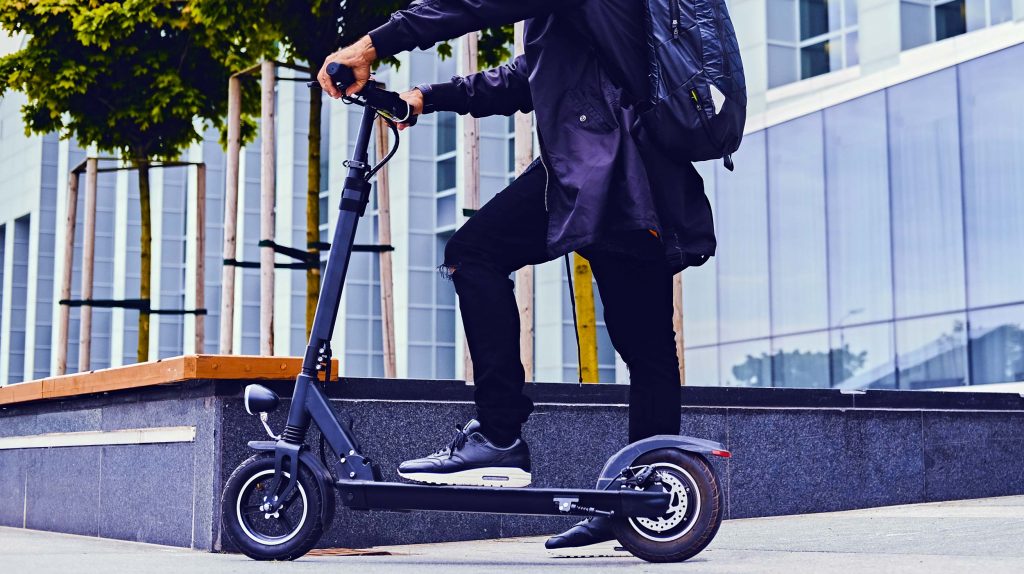
Micromobility is a concept that incorporates a range of vehicles, and while it’s difficult to define, Horace Dediu says it relates to lightweight, clean energy (or human propulsion). The e-scooter is an example… and there are many more which will be on display at the expo at Randwick Racecourse in Sydney.
Micromobility by definition
The title of this transport movement spells it out obviously enough but, when summarising the concept, Dediu says it relates to “vehicles weighing less than 500kg”. That’s a heavily abbreviated explanation, but there are other significant provisos. Still, one of the exciting things is that there aren’t any particular rules or guidelines that need to be adhered to.
Latz believes that micromobility should also include our original transport option, walking.
For vehicles to be part of the movement, however, there are some other key considerations. They should be light (even if 500kg is a considerable weight) and, Latz says, “They should also travel at less than 50km/h and have electric propulsion and/or human power, not an ICE – internal combustion engine.”
Micromobility vehicles have been around for years, and the list is long: bikes, skateboards, scooters, wheelchairs, etc. All are lightweight and originally propelled by the user’s own power. Add electronics to the equation and suddenly there is far greater potential for market growth, with broader appeal and yet still no need to burn fossil fuels.
“I would say it’s so new that the exact definition hasn’t been bedded down yet,” says Latz, “and it doesn’t really matter.”
“Filling the gaps”
“Imagine a continuum with walking at one end, and at the other end you’ve got jumbo jets or rockets,” says Latz, as he explains how he tries to outline what micromobility is all about.
“At one end of the continuum is walking – the smallest, cheapest, slowest transport, and at the other end is the dearest, fastest, most expensive and biggest transportation options.
“For about 100 years, along with walking, there’s been cycling – on conventional bikes – and at the other end of that continuum is the internal combustion engine cars. And there’s a gap in between.
“Just next to conventional bikes, we now have e-bikes. And then, moving along the continuum, we’ve got e-cargo bikes, and then e-mopeds – which are taking off in a huge way.”
Investigate the concept just a little further and there’s a long list of vehicles that already exist that slot into that continuum. As Latz concludes: “Micromobility is very much filling the gaps.”
Surprising demand from fresh thinking
When new concepts come to life it’s common for there to be hesitation. There are numerous examples in the micromobility market of an idea being so far removed from the ordinary that the key to a prosperous business is taking a risk with innovation.
“I’ve also recently done an interview with Joshua Hon who is the founder and owner of Tern Bicycles,” says Latz.
“Tern started as a folding bike company and Hon basically invented the compact cargo category which is a long-tail cargo bike that you can carry a couple of school kids, or whatever, on the back of. But it’s only got 20-inch wheels.
“It’s a bike that doesn’t really work without electrification because it’s simply too hard to push.
“These bikes have an upright riding position with small wheels and fat tyres. And now there are probably 30 different brands doing compact cargo now.
“At the time when Tern was developing the bike his biggest customers – his national distributors – were saying, ‘No, no… we don’t want it. This won’t sell. Don’t do it.’ And yet he was pretty much betting the farm on this new bike, against the wishes of some of his key partners.
“Then, once they got the bike and it was shown to the public, it has been a massive success story and it essentially started a whole new category of cycling.
“So, just like Steve Jobs used to say, ‘The customers don’t know what they want until they see it…’ it’s the same with micromobility.”
Sudden growth, more to come
Innovation is coming from all directions and you will able to see a wide range of transport options on display in Randwick at the Micromobility Expo & Conference. Bike brands are creating e-bikes, wheelchair manufacturers are constantly refining and improving their products, and there are start-ups with fresh thinking and new ideas.
“I would argue that the most prosperous companies in the micromobility market are the new players who don’t have anything to lose,” says Latz.
“If you look at e-bikes and e-bike drive systems, you find a great example of new brands taking on established industry giants. Shimano is in that market but it is facing tough competition much smaller companies. Here you have a 100-year-old, multi-billion-dollar company which has developed an e-bike drive system but who is the market leader in that category? Although no published sales data is available, based upon what we see in use, it appears to be Bosch.
“Meanwhile, Shimano is playing catch-up along with the likes of Yamaha, Brose, Fazua, Bafang and others which are all vying for the next-best in the manufacturers’ championship.
“Now, how did that happen given that Shimano had almost a 100-year head-start and comprehensive distribution network? Bosch wasn’t busy making any derailleurs or brakes… or anything else. Bosch just embraced this new technology and build e-bike drive systems and nothing else. Now they’re number-one.
“Similarly, conventional bike brands have been slow to embrace the potential of the e-bike market. How many Trek or Giant cargo bikes do you see out on the road? Not many. Instead you’ve got brands like Tern, Urban Arrow, Yuba – and they’re all new brands, they’re new players that focus on the niches, and become number-one in their respective niche markets.
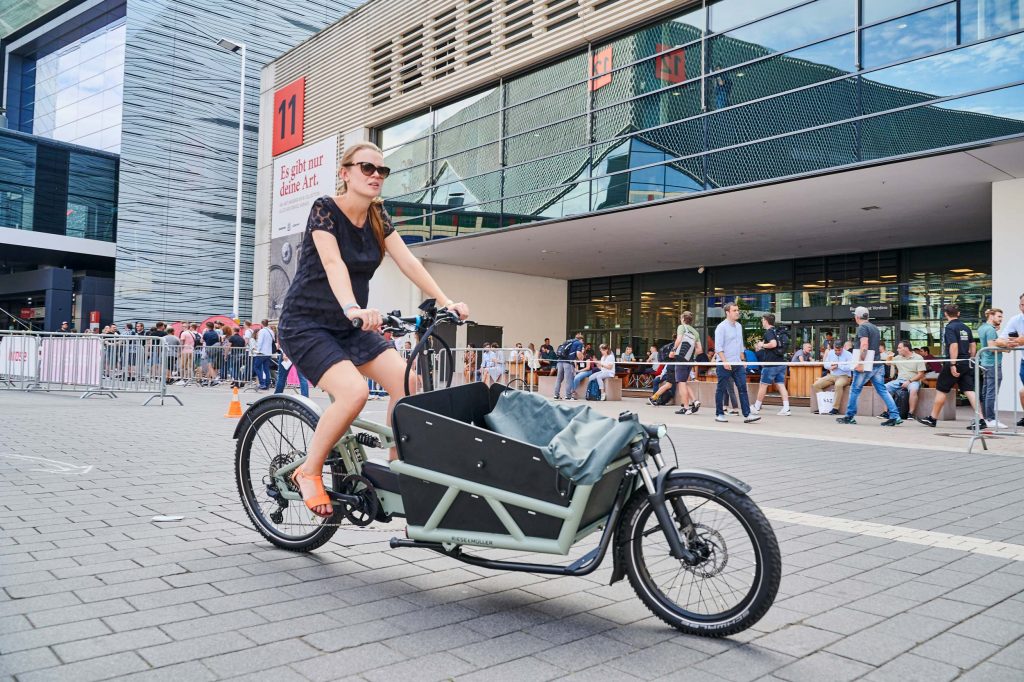
Cargo bikes were one of the most popular items on display at the Eurobike show this year. Not so long ago, this was only a minor niche of the cycling exhibition in Germany.
(Photo: EUROBIKE Frankfurt)
“By the way, having just been to the Eurobike show the cargo bike hall was huge.
“The fact that there was a cargo bike hall is testament to the rapid growth of this market sector. Ten or 15 years ago, the cargo bike area of any expo was just a little joke in the far corner. Now there’s a whole hall devoted to the same category and there were probably 100 exhibitors.
“It turns out that the cargo bike market, right now in Europe – as estimated by Cycle Industries Europe, the main industry-funded organisation there – is currently half-a-billion euros a year!”
The production numbers for brands like Riese and Müller are said to be well into six-figure territory, with an average retail price of around AUD$8,000. The benefits of the bike are many, and now it’s a profitable business.
Latz reminds me that although the brand has a good reputation, “Riese and Müller isn’t normally associated with that kind of revenue; people may think it’s just a couple of German hippies out in a shed making a few bikes… but the company’s output is enormous.
“The market on a global scale is so much bigger than it was only a short time ago and it’s only going to grow.
“Even I, as the publisher of the Micromobility Report going to Eurobike this year and expecting to see growth, never expected the scale of expansion that I witnessed in the last 10 years or so. It’s a big market.”
– By Rob Arnold
More from RIDE Media on Instagram, Twitter, Facebook and YouTube.

